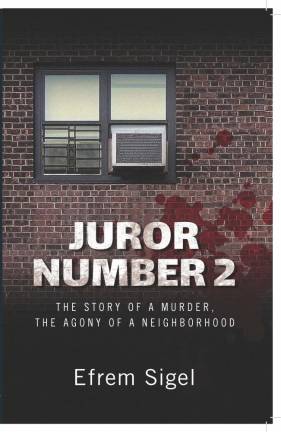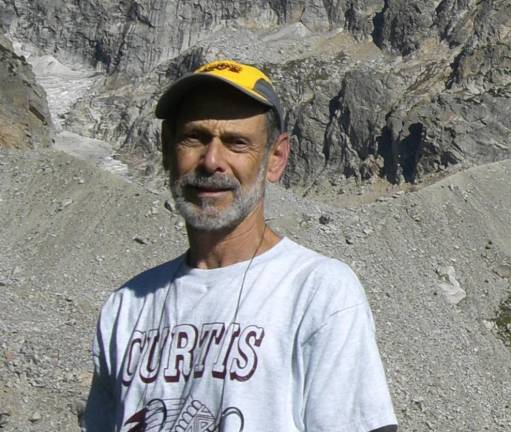It Took a Murder Trial to Get How Schools Matter


I never imagined that it would take a murder trial to bring home for me the difference between high performing schools like District 3’s PS 87 and PS 452 on the Upper West Side, and failing schools like District 4’s PS 146 on East 106th Street.
But the jarring disparity in educational quality in city schools was a principal lesson of my 2017 jury service in The People vs. Abraham Cucuta, a trial that unfolded in a courtroom at 100 Centre Street, Manhattan. My just-published book (November 2020), “Juror Number 2: The Story of a Murder, the Agony of a Neighborhood” (available from The Writers’ Press, www.thewriterspress.com), tells the story of that trial. Abraham Cucuta stood accused of shooting Manuel Sabater and Joshua Agard to death during a dice game at 4:30 in the morning of June 7, 2007 in the courtyard of East River Houses.
Beyond the trial itself, “Juror Number 2” recounts my subsequent search for why: Why, by their early teens, so many young men are cutting school, joining gangs, getting arrested and going to jail. Answering that question after the trial meant two years of visiting NYCHA projects, attending NYPD community meetings and interviewing principals and teachers in East Harlem.
The gaps in performance between District 3, which ranks third among 32 districts in the city, and District 4, which ranks 18th, are stark. At the school level, for example, consider academic results at two high-performing schools in District 3. At both PS 87 on West 78th St. and at PS 452 on West 61st St., at least eight out of every ten children are proficient in English - compared to barely three in ten at PS 146.
The Upper East Side also has more than its share of top performers, like PS 290 on East 82nd St. and PS 527 on East 91st St. At both schools, more than eight out of ten children rank as proficient in English, according to state tests, far better than the typical performance of schools in East Harlem.
Eyewitness Testimony
But what really brought these facts to life was the testimony of two eyewitnesses, Gabriel Washington and Alejandro Alvarez, about their upbringing and education. Both attended PS 146, the default school for East River Houses. Both were rolling dice a few feet away from the two young men who were shot and killed on that bloody morning. And both told searing stories of their upbringing. Washington, orphaned at age 12, began cutting school, took to the streets to sell drugs, joined the Bloods, was arrested and sent to jail again and again. Alvarez, overweight, bullied by classmates, with a mother who was a crack addict, began running away in his elementary school years, sleeping on subways, stealing from tourists. Alvarez, too, was arrested and incarcerated multiple times.
For ten years both men, hewing to a gang code, refused to testify. Finally, they signed cooperation agreements giving them reduced sentences in other cases in exchange for their testimony. That testimony was key to our decision to convict the perpetrator, who was subsequently sentenced to life in prison. Fractured families, decrepit public housing, failing schools all played a role in the tragedies I witnessed.
Still, I found a handful of successful schools and principals in East Harlem as well as unheralded community agencies steering young men away from violence. Emulating those grassroots successes might just help create the kind of opportunity for young people there that residents in neighborhoods like the Upper West Side and Upper East Side have come to expect.
Sigel is the author of two published novels and more than 30 published short stories in addition to “Juror Number 2,” which is available at www.thewriterspress.com. He lives in Manhattan.